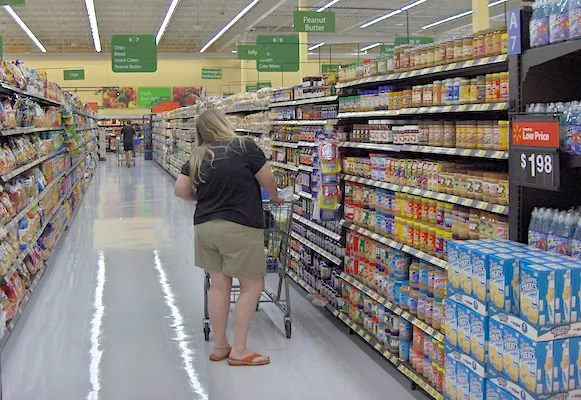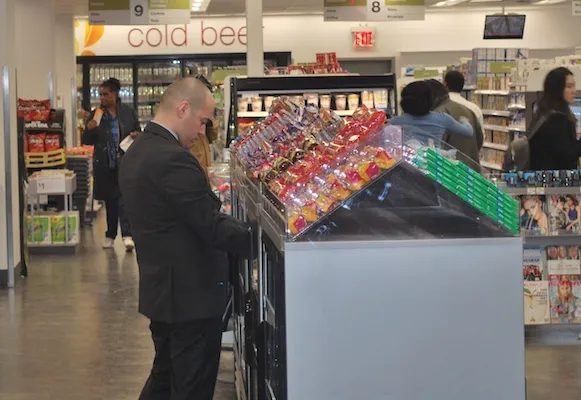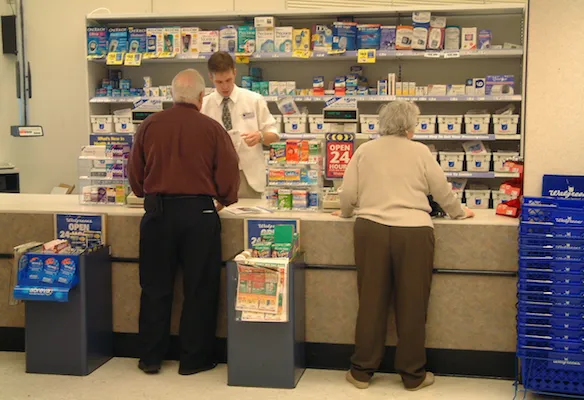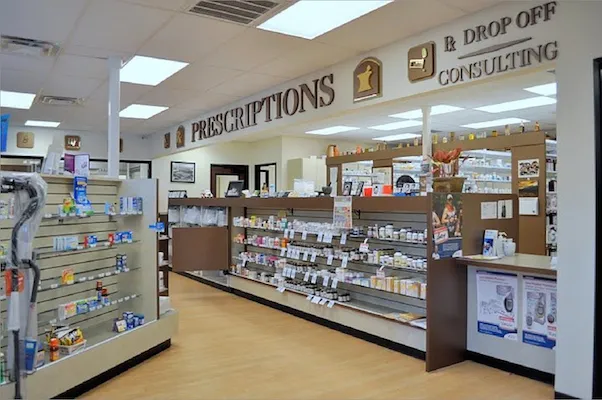In 2018, food retailers will be making the grocery shopping experience more convenient and engaging, veteran supermarket industry observer John Karolefski predicts.
Top trends in grocery next year include more shopping options and mobile payments at checkout along with the rollout of more supermarket-branded meal kits, more openings of wine bars and cafés inside stores and easily-accessed product information for shoppers, according to Karolefski, purveyor of GroceryStories.com.

John Karolefski
Here’s a closer look at his leading grocery trends for 2018:
• To better serve customers, more grocery retailers will offer several ways to shop. For instance, shoppers at Meijer stores in the Midwest can shop in the store, order online for in-store pickup, order online for curbside pickup and order online for home delivery, Karolefski said.
• Next year will bring rapid growth in the number of supermarkets allowing shoppers to pay for groceries via smartphone, with Millennials driving mobile payment usage at checkout. Safeway, Aldi and some smaller operators already accept Apple Pay, and many other will follow in offering this service, as well as Android Pay and Samsung Pay, he noted.
• Inside stores, customers will be able to partake in (and enjoy) more eating and drinking as retailers step up the addition of sampling stations for wine and beer and in-store dining. Karolefski explained that such offerings provide a welcome break for shoppers. In the Cleveland market, for example, some Giant Eagle stores feature a wine bar and café, and the chain’s Market District store in Strongsville, Ohio, houses a full-size bar next to a big dining area.
• Chains like Kroger and Publix sell their own meal kits in stores, and consumers can expect more food retailers to follow suit as the $5 billion meal kit business grows. Mail-order meal kits — containing pre-measured ingredients, recipes and cooking instructions — were popularized by such companies as Blue Apron and Plated.
• Consumers wanting more transparency with food ingredients than what’s printed on the package will get it. Over the past couple of years, manufacturers have made space on roughly 15,000 packages to place scannable QR codes, which take shoppers to a website with detailed information. Karolefski reported that a major education campaign in 2018 will make shoppers aware of the codes and prompt them to scan to learn more about the food they’re buying.
“Consumers can expect a focus on convenience as grocers make shopping easier and more enjoyable in 2018,” Karolefski stated.









